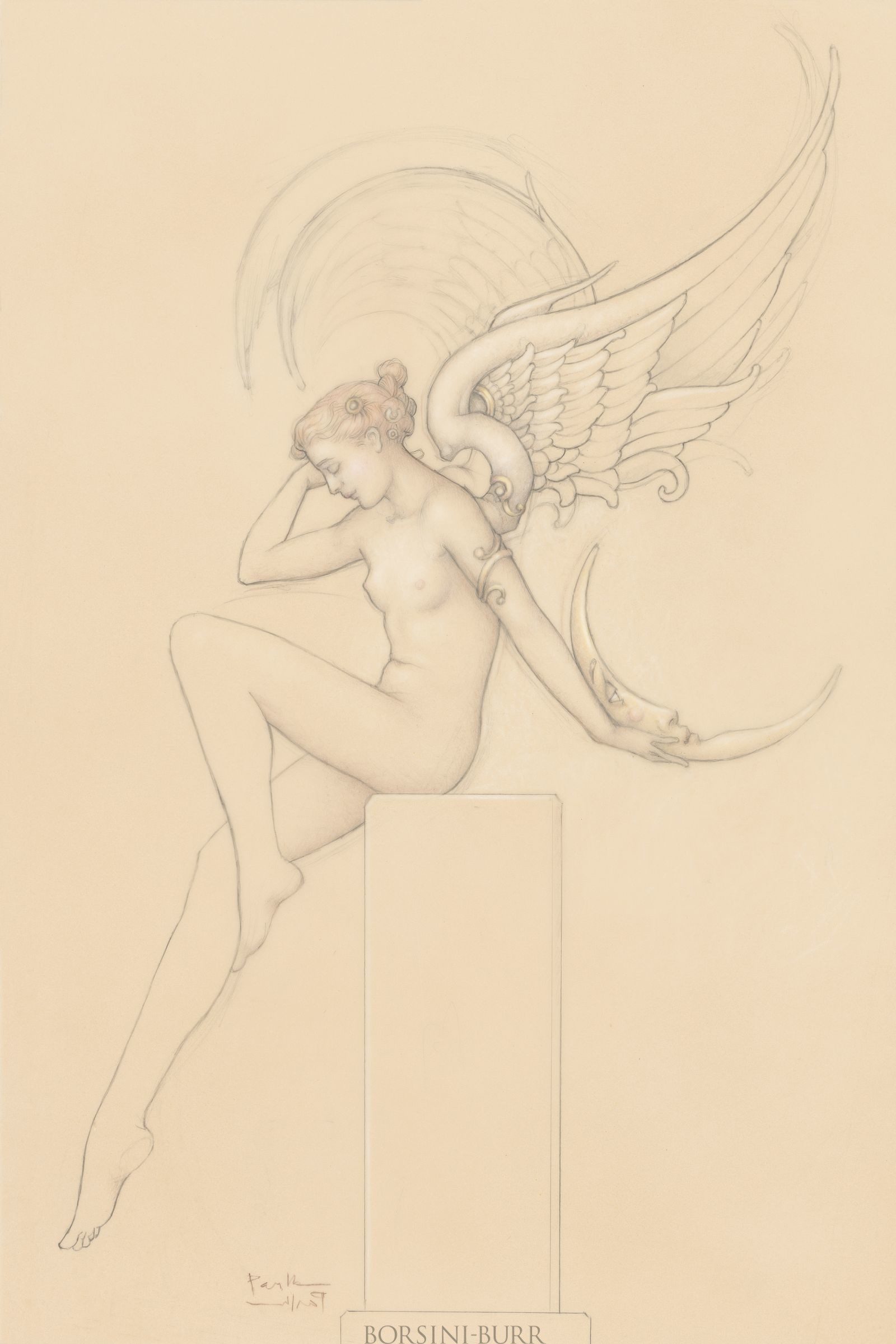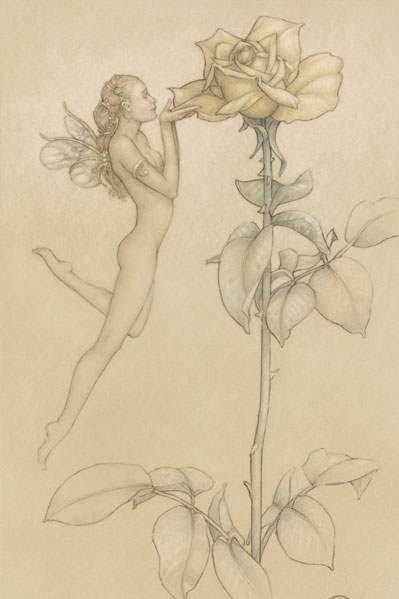Menu
 You have said you don’t like to talk in detail about your paintings. Why is this? Matisse’s point of view was something like this… the only valid thing in a painting is the thing that cannot be explained – the mystery of it – and to explain it is to substitute the definition for the image. I think there is a lot of truth in that. However, I do want my work to be accessible to as many people as possible so I enjoy talking about the work in a more general way.
You have said you don’t like to talk in detail about your paintings. Why is this? Matisse’s point of view was something like this… the only valid thing in a painting is the thing that cannot be explained – the mystery of it – and to explain it is to substitute the definition for the image. I think there is a lot of truth in that. However, I do want my work to be accessible to as many people as possible so I enjoy talking about the work in a more general way.
The animals in your paintings seem to be speaking to us about human concerns and values. Why not paint humans in human situations? Because I believe art has to disarm the viewer before it can inform. Using the “rabbit’s eye perspective” where everything is observed from an animal’s point of view is a way for us to look at the world in a different way. Also, my work is concerned with the natural world and basic human essence, our natural selves – our commonality with animals.
At first glance your paintings appear so whimsical and playful and yet when one looks closer there is often a more challenging element or menacing image that makes the balance of the mood so precarious. Is this intentional? Are they metaphors for our own human dilemmas?For a painting to be successful it has to function on a number of different levels. I want to make available layers of interpretation to coincide with a viewer’s own experience. It is my goal to create depth – in both a formal, painterly way and in the intellectual reading of the piece. So in that sense I suppose the precariousness is intentional. It’s really about looking at all sides of the puzzle – our dilemmas if you like – at the same time.
What is so fascinating to you about these animals in particular? Why so many rabbits and bears? They are the animals many of us grew up with – teddy bears and Easter bunnies, the animals I know best and feel close to. I think also the rabbits because I was brought up in the English countryside. And the bears perhaps from spending twenty years in the West. I’m starting to study other creatures though – the Eden series was a move in a different direction.
The large animal portraits, the Eden paintings, are so formal and direct. The viewer is face to face with an animal that seems to be their equal in size. What are they about? I’d been playing around with the idea of animal portraits for a couple of years. The problem I wanted to solve was to find a way for the viewer to look at an animal, and be looking at themselves at the same time. Creating a reflection, if you like. This idea grew out of an experience I had with a coyote where we had looked and studied each other across a short distance for what seemed like a very long time. He acted as interested in me as I was in him and I guess we learned some things about each other. Anyway, I wanted to try and re-create that experience or reflection in a painting. I realized I might solve the problem after looking at life-size French and English court portraits done by artists like Gainsborough and Boucher. They always showed their subjects in a rich landscape setting, from a low viewpoint that made the subjects appear more important than they probably were. It seemed that adopting this approach could elevate the status of the animal to that of a human, which would catch the viewer off-guard and force him or her to look at the animal differently.
What is the significance of these particular animals and where do the landscape settings come from? I picked animals that strive to, or like to, stand up on two feet, which gives them some commonality with the viewer. The background settings are derived from Romantic era landscape painting where the intention of the artist was to idealize a view of the world in which man was in total harmony with nature. The very fact that we know this to be a false vision seemed to fit with my own intentions to elevate the animals’ importance and to disarm the viewer at the same time.
Your work seems to have environmental concerns. Is this a priority for you? Well, I want to save the world as much as the next person but my main concern is for the well-being of our inner-selves. It seems to me that it will be much easier for man to fix the huge environmental problems we are facing if we ourselves are healthy in our minds – aware of our true nature, free of some of the toxicity and attachments of modern society. I’m not suggesting we all become tree-huggers and Buddhists, but I do believe we need a re-balancing, and I hope my work will provide some weight to the side of the natural world.
There seem to be spiritual references in your work. What are the implications here? Are you a religious person? The word religious implies dogma which I’m not interested in. I do believe in other levels of consciousness that can be accessed from within. For example, just being alone in the wilderness for a few days can provide incredible insight into one’s own nature and place in the world. In that sense I am a spiritual person, a seeker on the path to a higher reality and awareness outside of my self. In certain respects wild animals are further along that path, unfettered by human-like concerns of self and ego. Of course they still have to deal with a level of suffering just like humans (sometimes at the hands of humans). I try to transmit a feeling of oneness and unity in a painting. To me it is critical my work promotes an integral understanding of our world, helps raise consciousness and transforms people’s lives.
Wait a minute – you’re starting to sound like a missionary. Do you consider your work a way of talking to people, saying there is a better way? I probably shouldn’t answer this question…look, I’m not the only one trying to produce this kind of art. There are many community-based artists, people who work with prisoners and inner-city kids who are able to help others transform in a meaningful, spiritual way. Their work just doesn’t fit in the world of commercial galleries. Also, there are a few sacred artists showing a connection to mystical states through their work that appeal to limited audiences. I’m trying to bridge the gap and help force the art world out of a dead-end street where the context and content of art is only about other art. Unfortunately people in western society have been told by a nihilistic art world that there is no genuine meaning in anything – so why should anyone care about art or what its role in society is?
If artists don’t start talking about contemporary problems and worldly issues, providing a moral stance, high art is going to be swallowed up by a rabid pop and corporate culture. And, at the risk of sounding elitist, I’m prepared to take a stand in this effort. If the world is going to be saved, it’s not going to be by politicians, corporations or religious fundamentalists – artists can help us understand the relationships between nature and humankind.
What is your involvement with animals outside of painting them? Very little actually. It’s mostly a philosophical involvement. I have helped in rehabilitating injured wild animals and birds. I grew up on a farm. When I was a kid I used to spend hours stalking herds of wild red deer near our house, trying to see how close I could get before they would sense my presence and take off. My closest was about 20 feet – those guys are just too aware. Really, I’m as separated from wild animals as we all are. I don’t think any of us are very involved with them anymore. Animals used to be involved with humans as messengers with magical functions. Until the 19th century they were part of everyday life working alongside man and enjoying a symbiotic relationship. Now they are really our slaves for consumption and entertainment.
Why did you decide to paint? Twelve years in advertising will drive you to do all kinds of crazy things. The truth is I felt I had something important to say, something others could benefit from and enjoy. Also, much as I enjoyed viewing contemporary art, it did very little for me. Most of it just seemed so introspective and wrapped up in formal concerns that meant nothing to most people, except the critics who seemed to be directing it. The whole scene seemed driven by fashion and much of it was intellectually lazy. Frankly, this pissed me off. And I didn’t want to stay quiet any longer. I was fortunate enough, over the years, to save some money to turn my thoughts into paintings, full time. I had trained in photography so I had to teach myself to paint. Now after about ten years I’m beginning to understand what can be done.
Which artists do you admire or respond to? Caspar David Friedrich for his depth of vision. Magritte – what a mind! Anselm Kiefer is, in my opinion the greatest living artist today. He transcends everyone else. Artists like Andy Goldsworthy and Nicola Hicks for their work with nature. And all the community-based artists and teachers who are making a difference.
What makes your art successful for you? If I can take someone’s breath away, even for a second or two. Take them out of themselves to a place of different awareness, somewhere quiet and beautiful.
We look forward to sharing our passion for the art industry and for the incredible original drawings, paintings and sculpture by world famous artist Michael Parkes, and Kinuko Y. Craft. We want your experience to be one that will bring you back to us time and time again. Thanks so much for shopping on our site.
ART SALES
Dianne Borsini-Burr
Direct Line: 650-302-2049
Email: [email protected]
CUSTOMER SERVICE
Mary Ann Dela Cruz
Direct Line: 650-740-4704
Email: [email protected]


For a limited time, every online order for Michael Parkes artwork will receive a gift of Moonstruck (retail value $750).
Additionally, online orders of $800 or more will also receive a gift of The Rose on Vellum (retail value $1250).
Your gift will be automatically added to your cart for qualifying orders.
Sales end August 15, 2024, and once these existing editions are sold out, they will never be available again.